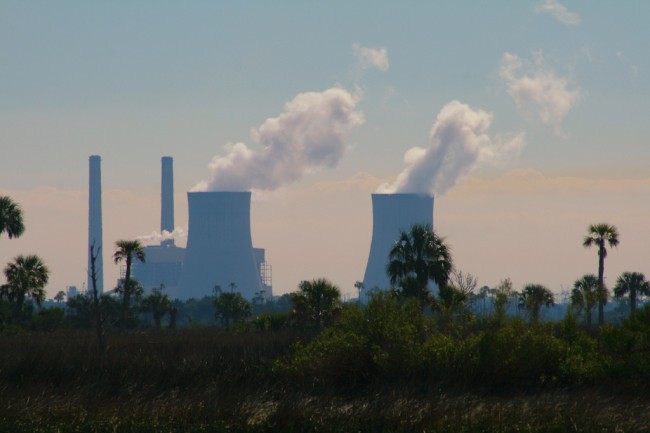Many politically unstable areas across south Asia are water stricken. Meaning that the amount of water is lacking compared to the demands that need to be met in the area. Some of it is due to the lack of infrastructure. Researchers are reporting how changes in the Himalayan glaciers are affecting the river systems, water supplies, irrigation, and hydroelectric power for roughly 1.5 billion people stretching across eight countries. Changes in water availability due to climate change could result in increased conflicts within the region.
One of the main problems is that the region utilizes the groundwater that is collected during the summer from monsoonal rainfall. But this natural process is shifting due to climate change and rainfall will start to decrease.
"In the western Himalayas, where people do depend on runoff for water, glaciers are relatively stable, and perhaps even advancing, the report states. And the NRC researchers say they don't predict the same high water demands in these regions on the booming Indian subcontinent."
http://www.cbsnews.com/8301-205_162-57511298/melting-himalayas-may-magnify-water-scarcity/
Some of the changes in the water resources has been experienced during July and August in 2010. Pakistan had flooding that killed over 15 hundred people and resulted in 9.5 billion dollars of damage. The important steps to protect water quality and regulate their current policies are going to have to be taken by the government in the next decade.



